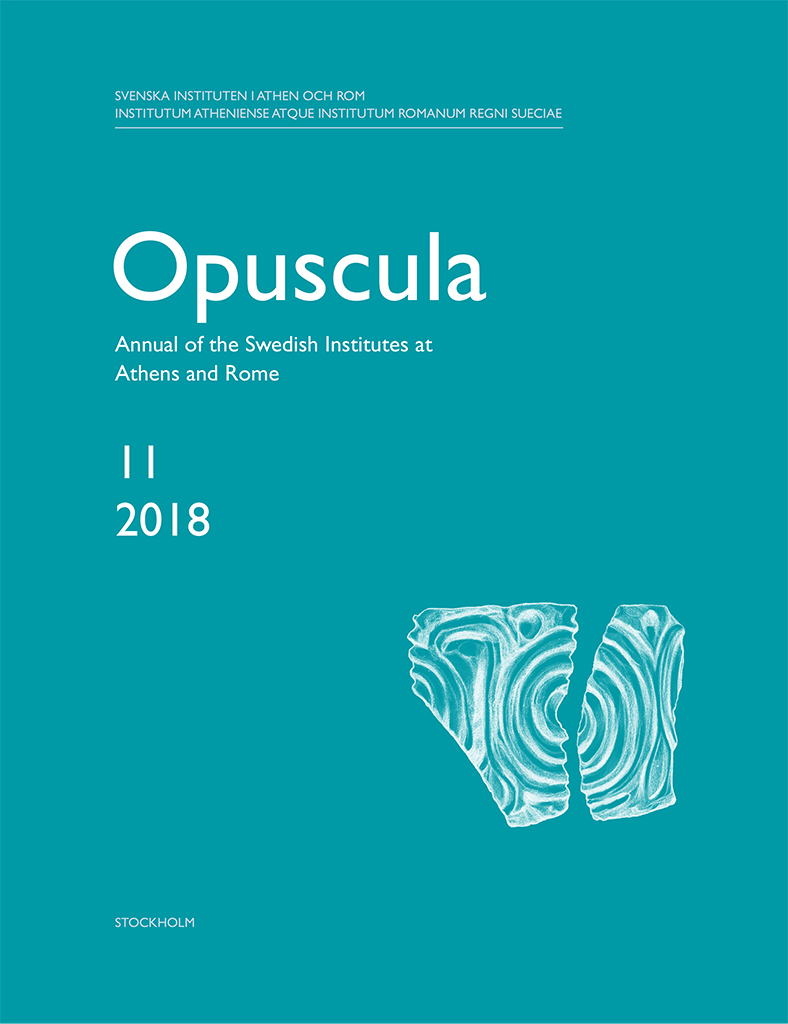Opuscula 11 (2018) is available for purchase at Amazon.com, Adlibris, Bokus and bokorder.se. Distributed by eddy.se ab. Tokens of piety. Inexpensive dedications as functional and symbolic objects By Gina Salapata (Massey University). Abstract This article engages with some methods and theories of disciplines outside the traditional sphere of Classics to open up new perspectives on the interrelationship between material culture, religion and society. It focuses on dedicatory practices and, in particular, on modest offerings and the multiple ways these were valued in Greek society. It concludes that, even though small inexpensive offerings were affordable by poorer people, their dedicators likely came from various socio-economic backgrounds. Dedications of low economic value and modest appearance may have had high symbolic value because they embodied social and religious ideas or the desires and identities of the dedicator; or they could derive their value from the function they performed in ritual. If the messages carried by such offerings were of primary concern and their value symbolic and emotional rather than material, the choice of a small or inexpensive offering would not necessarily reflect lower socio-economic status. Moreover, if the main concern of gift giving were communication and reciprocity, the act of giving would have…
Now available for purchase at Amazon.com, Amazon.de, Bokus.com, Adlibris.com. Distributed by Eddy.se AB. Encounters with Mycenaean figures and figurines. Papers presented at a seminar at the Swedish Institute at Athens, 27–29 April 2001 By Ann-Louise Schallin & Petra Pakkanen (eds.) This volume presents fourteen articles which discuss Mycenaean figurines from various points of view. They focus on different aspects of the figurines, elaborating on their function, contextual characteristics, production, use-life, classification, topography, and history of scholarship. The articles are based on papers given at a workshop at the Swedish Institute at Athens in April 2001 entitled ‘Cultic Space and Mycenaean Figurines’. The idea of having a workshop arose from the fact that several of the participants were involved at the time with the documentation of various figurine types from the so-called Potter’s Workshop at Mastos in the Berbati Valley in the Argolid. The number and variety of the Mycenaean figurines from Mastos is impressive, particularly as the excavation had covered only a small area. The excavator, Å. Åkerström, proposed that the site had a cultic function in addition to its role as a production centre. In order to better understand the characteristics and identity of Mastos, scholars were invited to…


